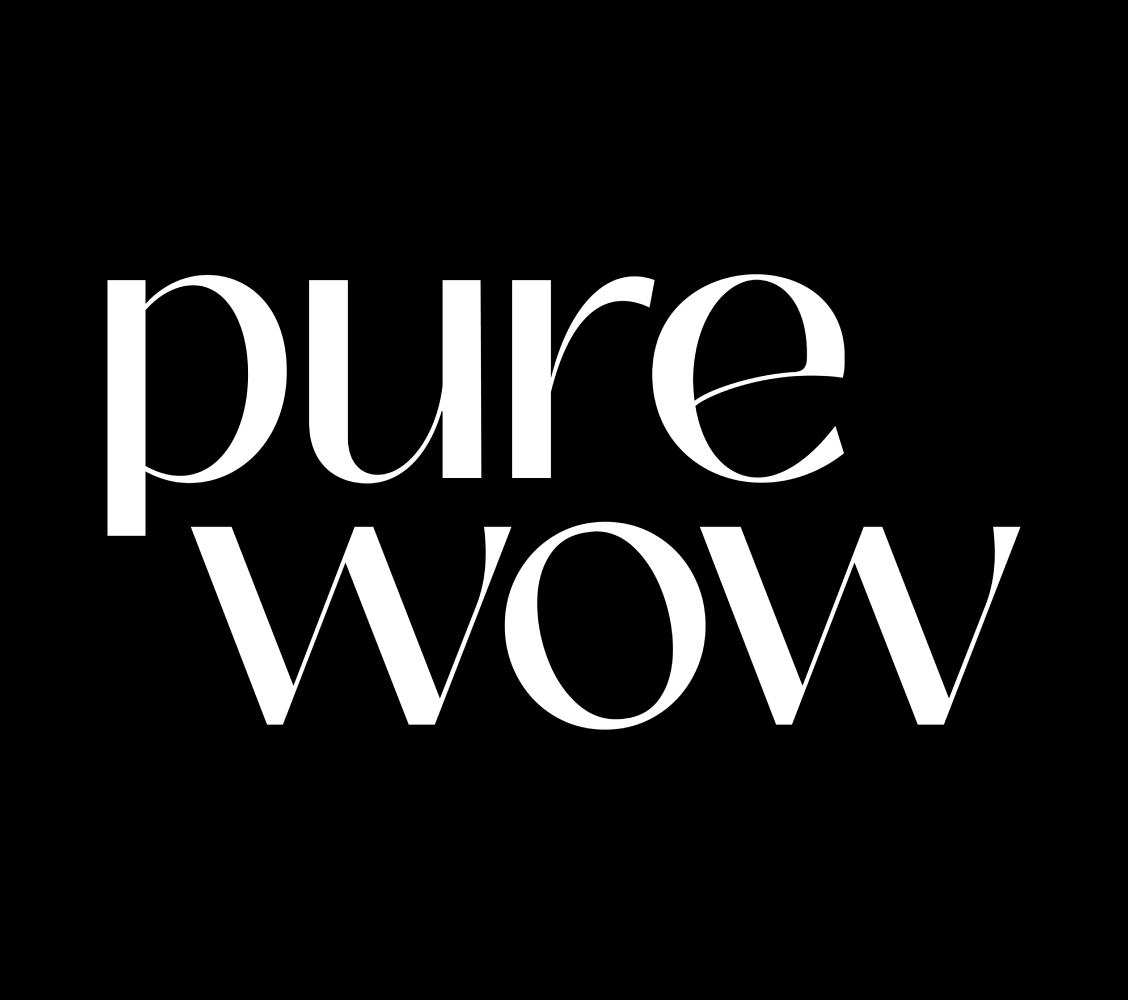We admit it: When we’re looking for a literary escape, we tend to make a beeline for the fiction stacks and never look back. But that can mean missing out on plenty of books that also have compelling plots and complex characters, which are all the more interesting…because they’re true. Here are our ten favorite nonfiction books that read like novels.
RELATED: 4 Celebrity Memoirs We’re Excited to Read in 2017











